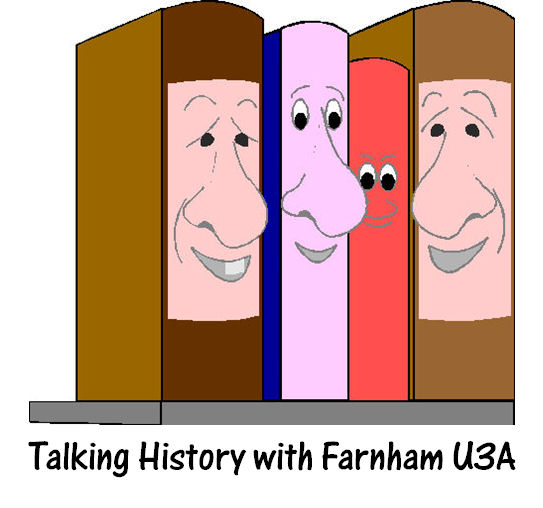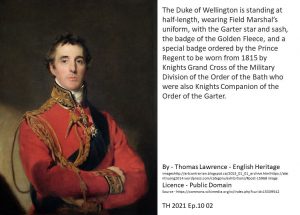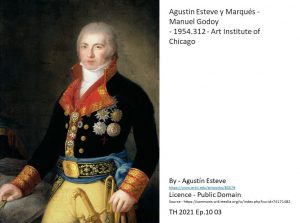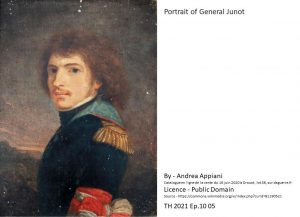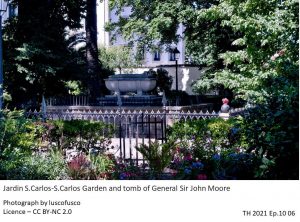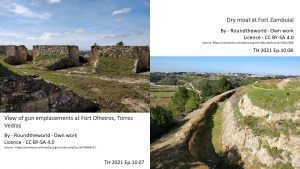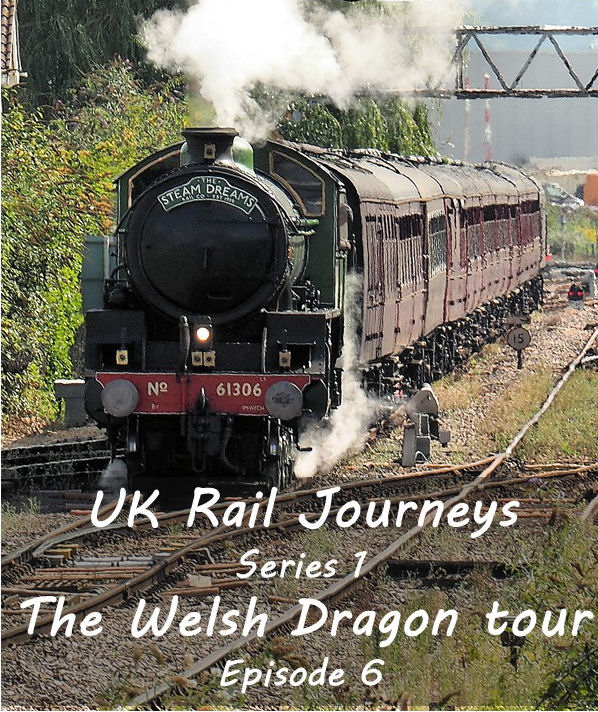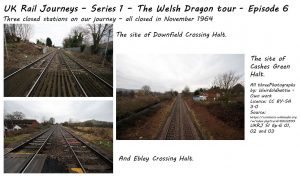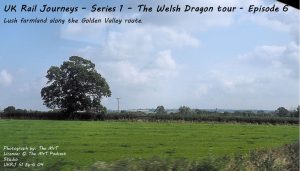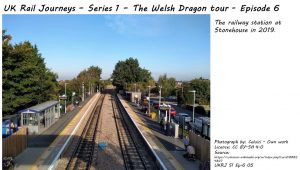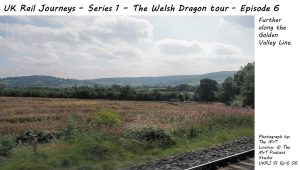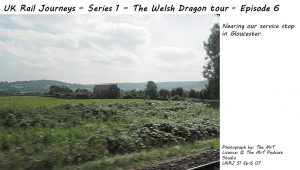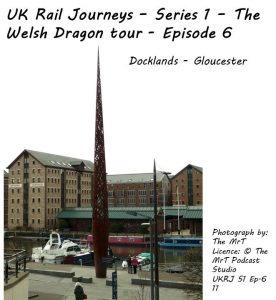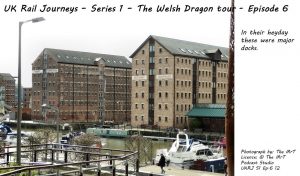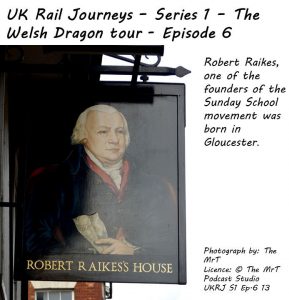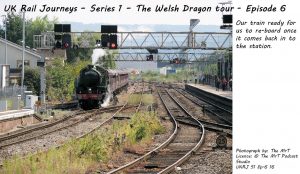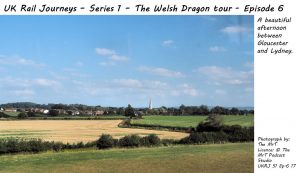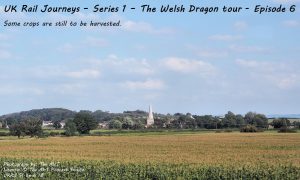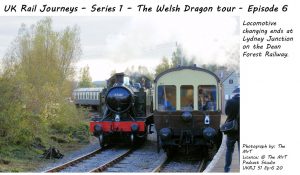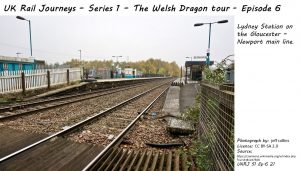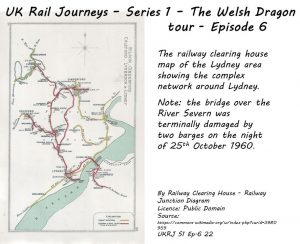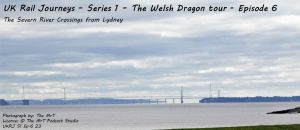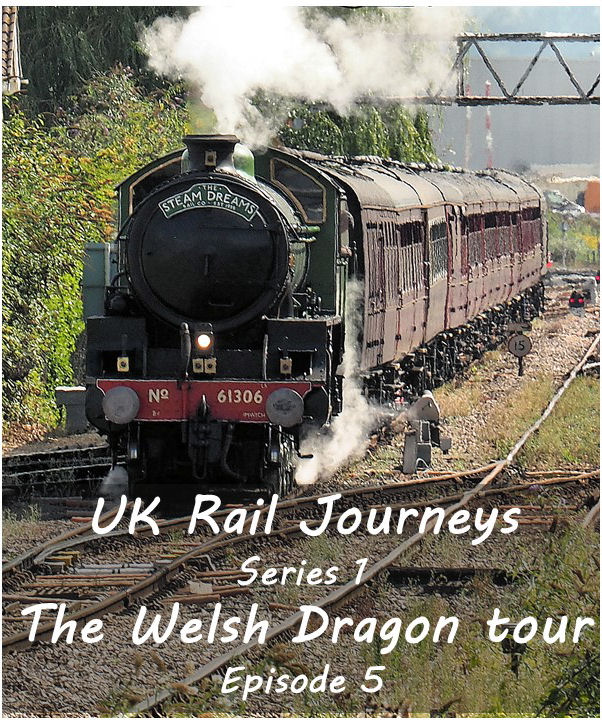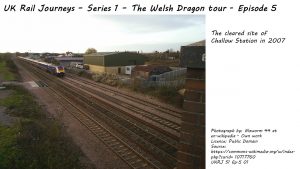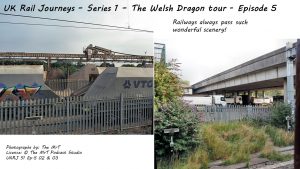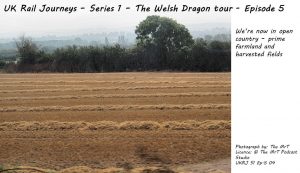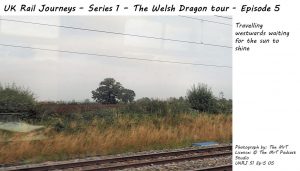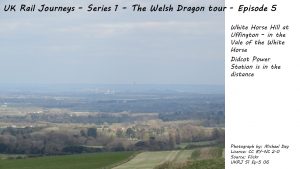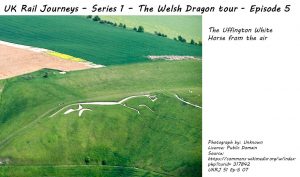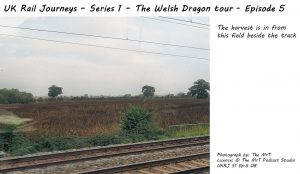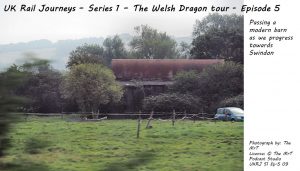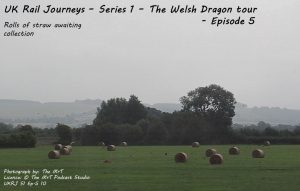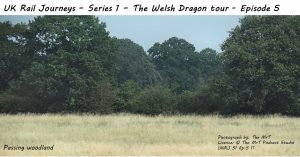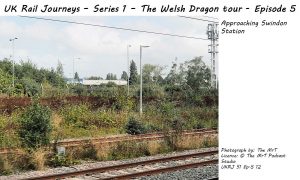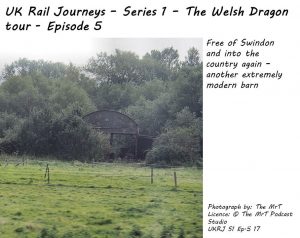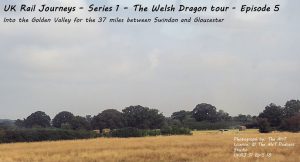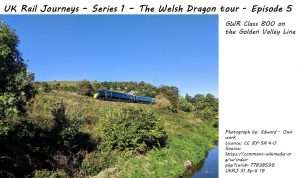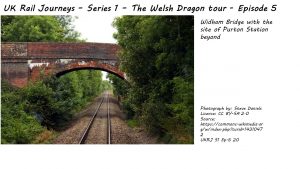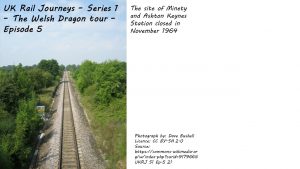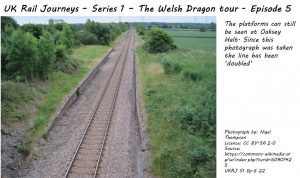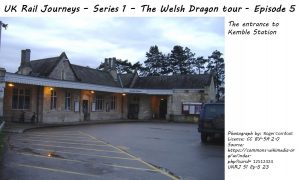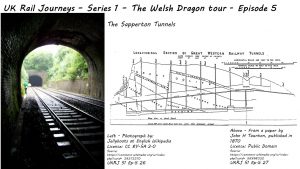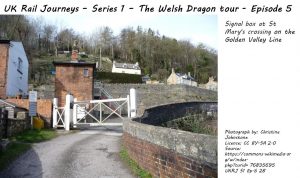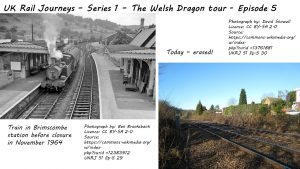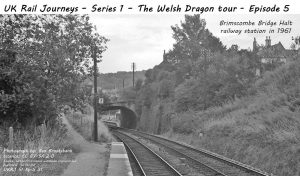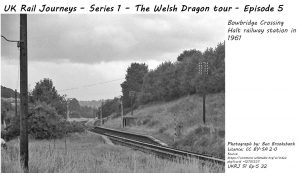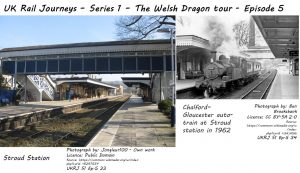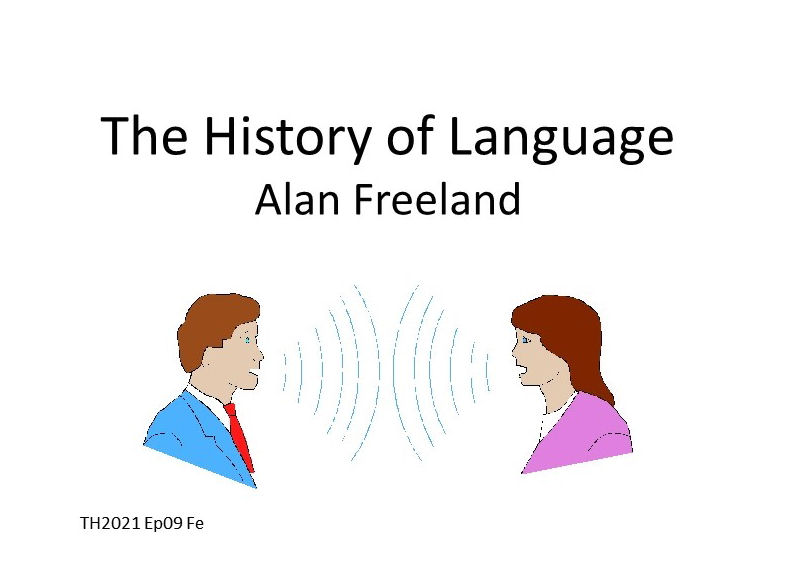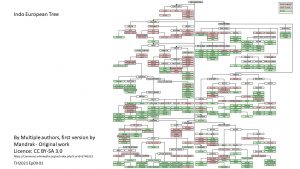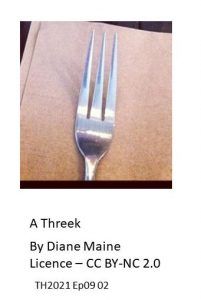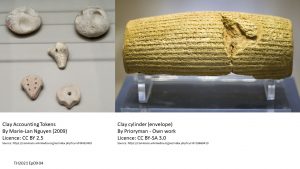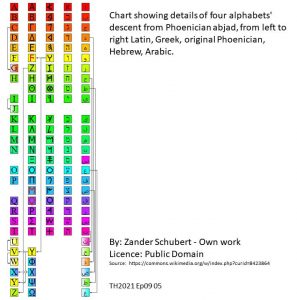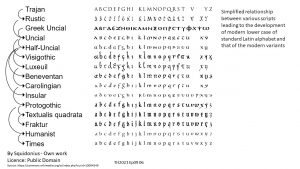Podcast: Play in new window | Download (Duration: 36:55 — 33.8MB)
Season 2021 – Talk 10 – Wellington’s Campaign in Portugal and the Lines at Torres Vedras
In Wellington’s Campaign in Portugal and the Lines at Torres Vedras Peter Duffy takes us back to the Peninsular War.
Click a thumbnail below to view the image gallery that accompanies the talk.
The start of the war:
The Peninsular War begins when France and Spain invade Portugal in 1807. In 1808 the French occupy Spain – their previous ally! Napoleon deposes the Spanish King and replaces him with his brother, Joseph Bonaparte.
The Convention of Cintra:
The British win a victory but the senior British Generals allow the French to return to France and re-join their army. The senior British Generals are never used again. Sir Arthur Wellesley, at that time a junior General, returns to Portugal.
Moore at Corunna:
At the time the British army is not nearly as successful as it becomes in later years. Lieutenant General John Moore becomes the senior British General in the Peninsular campaign. He repulses the French army of Marshal Soult at Corunna. The British army evacuates without Moore because he dies in the battle.
The Lines at Torres Vedras:
Wellington orders that defensive lines are built at Torres Vedras. His plan is to defeat the French here although if that does not work they can cover an evacuation.
Listen to the podcast to hear Peter tell the full story!
Please note:
This podcast is a recording of a talk on Zoom and, in places, there are a few extraneous noises and sound glitches.
For Copyright reasons it is not possible to publish illustrations from the original talk. I use alternatives where they exist.
About this podcast:
This podcast is an edited recording of a talk first given to the Farnham u3a World History Group.
The Farnham u3a site is found here.
This podcast is also available through Amazon Music, Apple Podcasts, Castbox , Deezer, Podchaser, Spotify, Stitcher and Vurbl and others.
AKM Music licenses Media Magazine for use as the theme music.
© The MrT Podcast Studio and Farnham u3a World History Group 2018 – 2022

